A bold vision for a climate-neutral and competitive Europe
Next event In person & livestreamed

- Area of Expertise
- Climate, Energy & Natural Resources

Head of Global Sustainability at Covestro
Dr. Christian Haessler is Head of Global Sustainability at Covestro
The plastics industry is one of the most innovative sectors in the world. Population growth, increased demand for energy, scarcity of resources, climate change – mankind today is faced with challenges of previously unknown dimensions.
Polymers used in plastics contribute greatly to fulfilling these existing and future demands. The applications and possibilities of plastics are numerous and varied, and ever-present in our everyday life: from lightweight materials used in electric cars to building insulation, household appliances, electronics, water treatment systems, food packaging, and so on.
Meanwhile, two issues linked to production and the end-of-life phase of plastics still need to be addressed further.
First, plastics need to be handled properly at their end of life. They are not meant to end up in the oceans or in nature, and all possible means need to be taken to prevent marine and environmental litter.
The plastics industry is one of the most innovative sectors in the world
Second, as plastic is a carbon-based material, its production requires a lot of energy. This needs to be taken into account during the production phase.
Within that context, it is important to bear in mind that with the word “plastics” we indicate a huge variety of products, from single-use items to high performance products. The latter are long-lasting and extremely resource-efficient components that provide key benefits in almost all sectors, from transportation to the medical industry. These types of durable plastic products actually contribute to saving resources and energy, and they also decrease CO2 emissions.
To align with the goals of the Paris Agreement, world countries and economies should focus on increasing resource efficiency and transforming the plastic production technologies to make the system more robust in terms of resource use, raw materials and greenhouse gas emissions. This is not a question of running out of fossil feedstock but one of fighting climate change with all the means we have at our disposal.
Companies like Covestro are already proactively cutting emissions. We have a target of reducing emissions by 50% by 2025, compared to the levels of 2005, as well as increasing efficiency and diversifying our feedstock with renewable and bio-based materials. Covestro was also among the first companies to commit to pledging 80% of our spending on research and development to address the UN Sustainable Development Goals (SDGs) by 2025. While all 17 SDGs are important, in our view, if we do not get Goal 13 – Climate Action – right, we can forget the other ones.
This is why a number of innovative initiatives have been put in place at company level to align with such a pledge. To optimise our production, we have developed a technology that reduces energy use in the production of chlorine by 30%. We are also diversifying our feedstock to the point that we are now using CO2 as a raw material to produce flexible polyurethane foam for mattresses and continue our research and development to make the most out of this material. We are committed to the ‘Operation Clean Sweep’ initiative, which brings manufacturers and other companies in the value chain together to prevent plastic pellets ending up in waterways. We are also engaged in alternative recycling projects to find new ways to recycle and place value on plastic waste and other waste materials that emerge in production. Finally, we have developed a pilot project that decreases our dependence on oil.
To work towards more sustainability in this key sector, European policymakers should focus on two things:
First, to find the most sustainable and resource-efficient pathways for production, it is important to evaluate the environmental impacts over the whole life cycle. For long-term applications, the use phase is of particular importance since it will have the greatest impact on the resource efficiency of a product. For example, a durable and efficient building insulation helps reduce CO2 emissions thanks to the improved insulation performance of heating in the building over decades. While the European Union is calling for revisions to its product policy framework in order to make it more circular, it should consider including Environmental Return on Carbon Employed (EROCE) as a methodology for capturing both the positive and negative environmental impacts of plastics.
It is important to evaluate the environmental impacts over the whole life cycle
Second, to address the problem of waste and to improve the circularity of plastics, it is crucial to make a distinction during the production planning phase between products with short-life cycles, such as packaging which makes up almost 40% of Europe’s plastic demand, and products with long-life cycles, like cars and insulation. Long-life products are designed to be durable and resource efficient, while short-life ones can be optimised for recycling. Mechanical recycling is the end-of-life solution currently promoted within legislation, but other options – such as energy recovery, or chemical and feedstock recycling, which Covestro is already working on – may work better for long-life products. All those options should be considered by policymakers, with the objective to increase their conversion rate as well as their economic viability. These methods have the potential to become sustainable circular solutions through appropriate funding within Horizon Europe programme.
If we want to maintain our current living standards while fighting climate change, we should consider plastics as part of the solution. They are a fundamental part of our lives, and for very good reasons: plastics allow us to turn ideas into real, tangible innovations.
Content supported by Covestro

This article is part of our ‘What the Chiefs Say’ series in which senior executives from businesses and other organisations share their ideas, concerns and expectations about Europe’s policymaking. The content is supported by our partners and networks, and does not necessarily reflect the views of Friends of Europe.
Next event In person & livestreamed

Past event In person & livestreamed
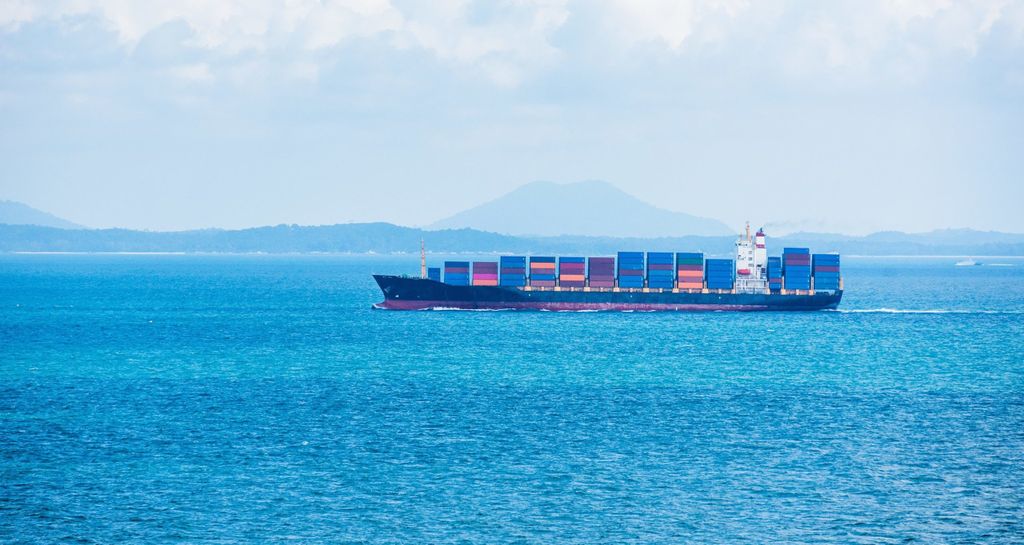
Past event In person & livestreamed
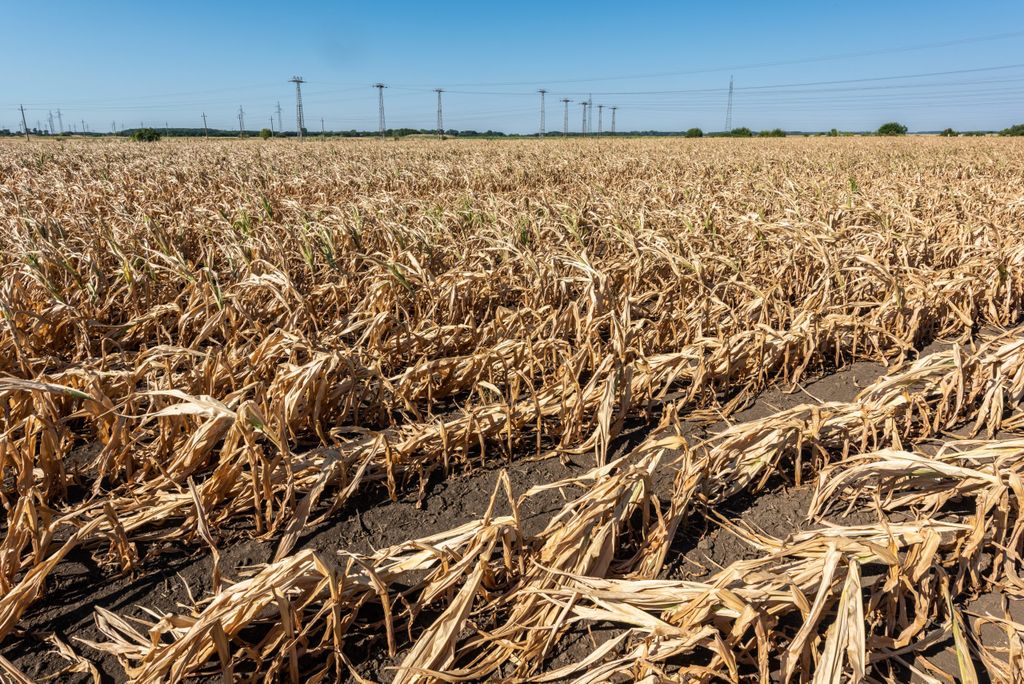
Past event In person & Livestreamed
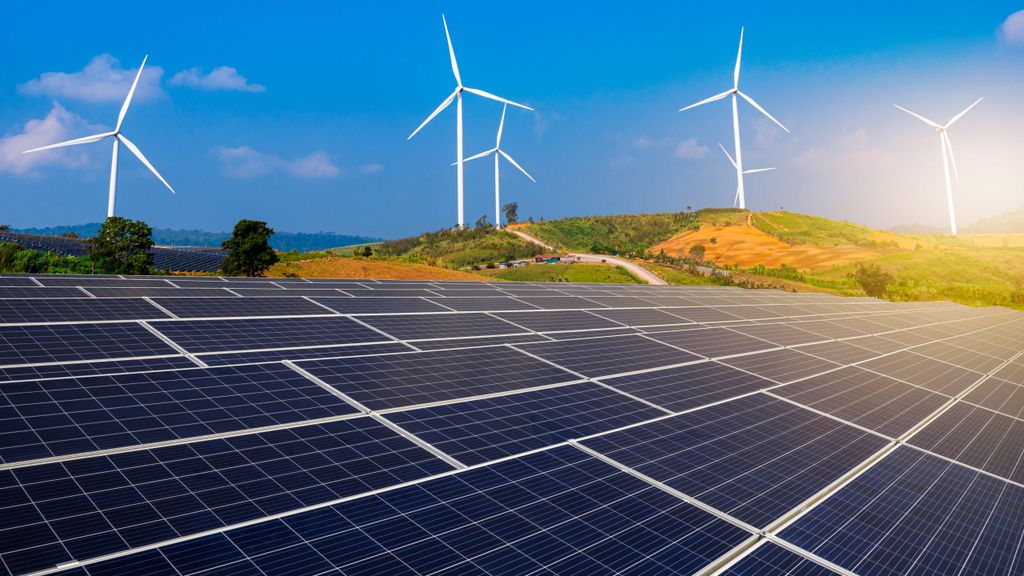

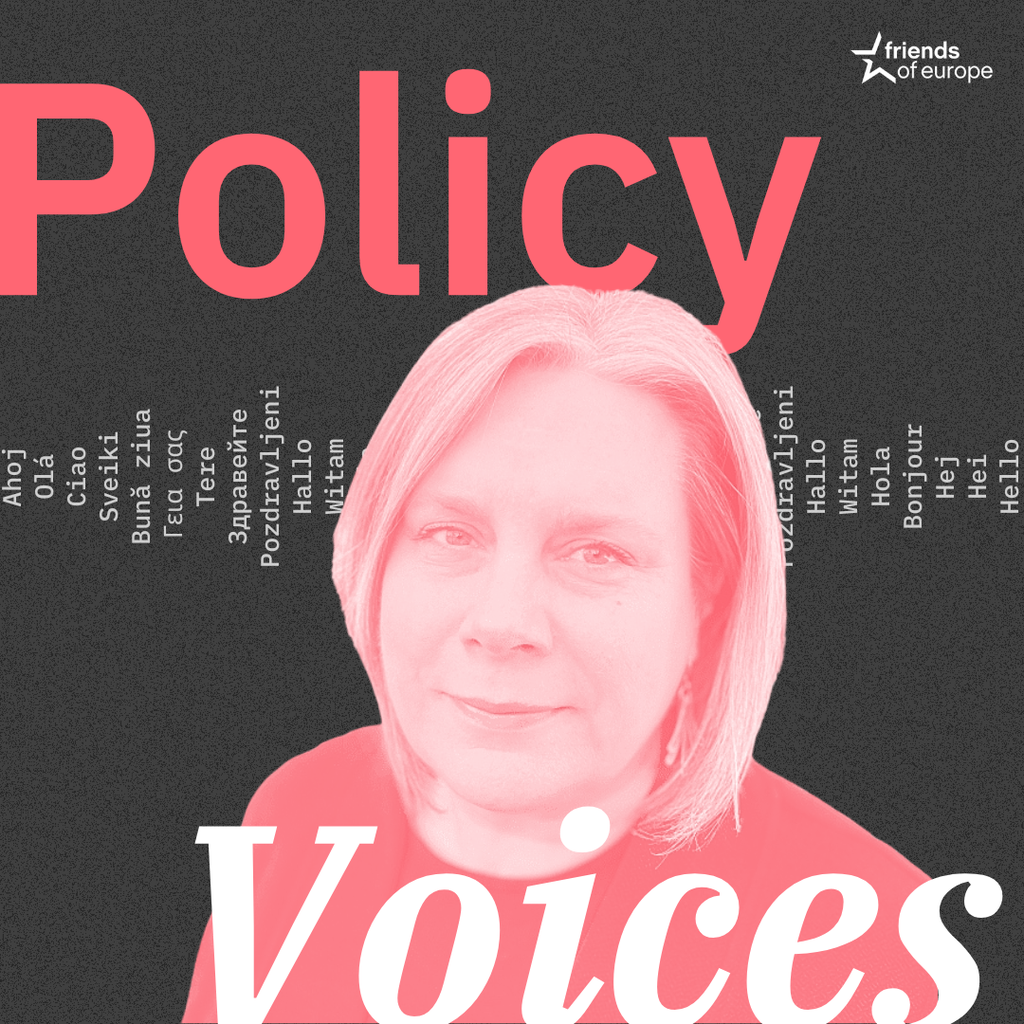
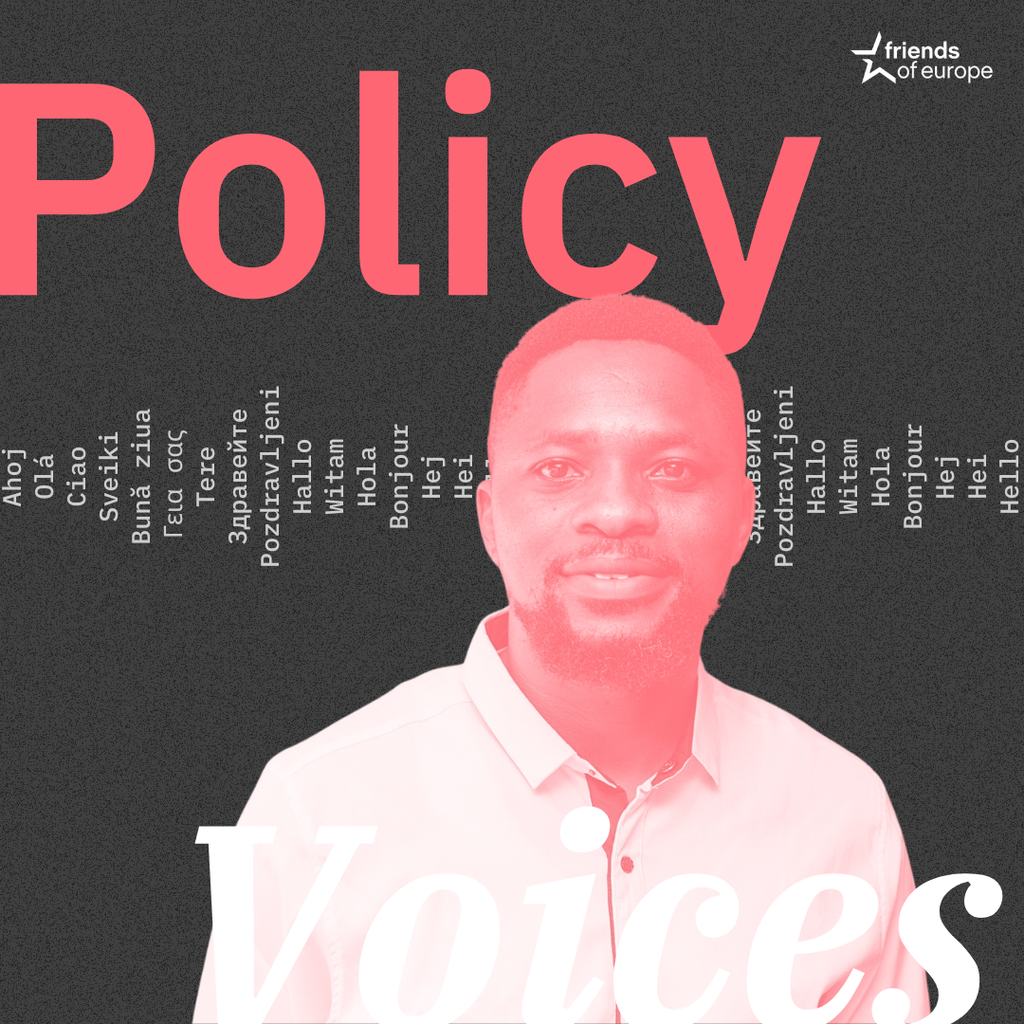
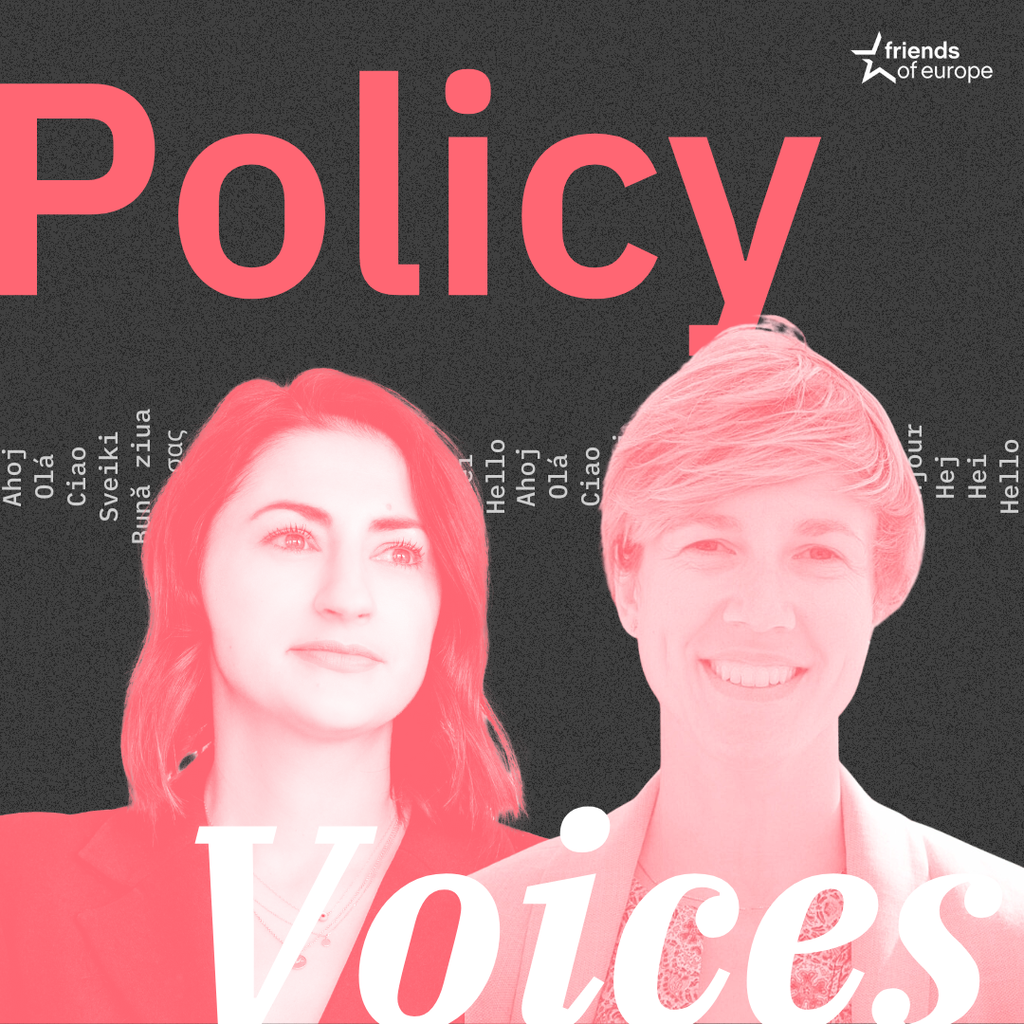
Stay informed
We use cookies and similar technologies to adjust your preferences, analyze traffic and measure the effectiveness of our campaigns. Learn more about our privacy policy.